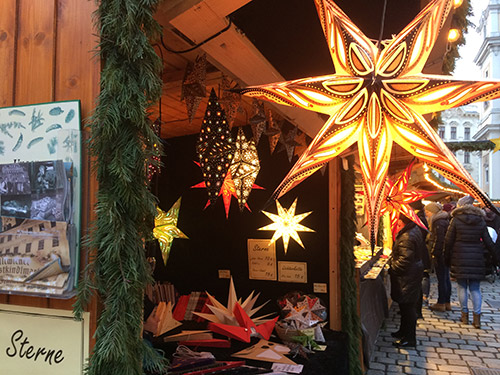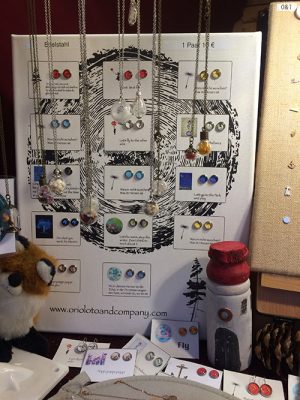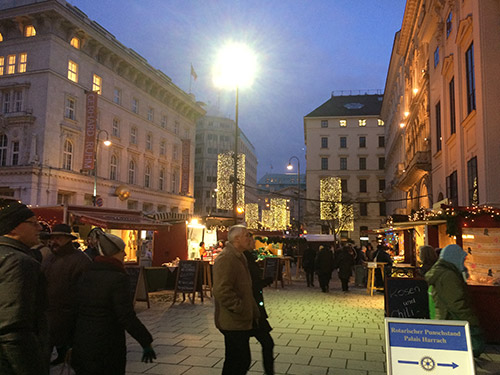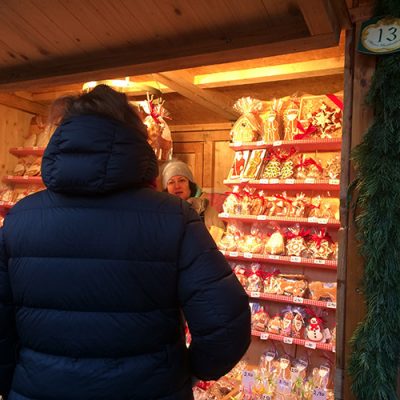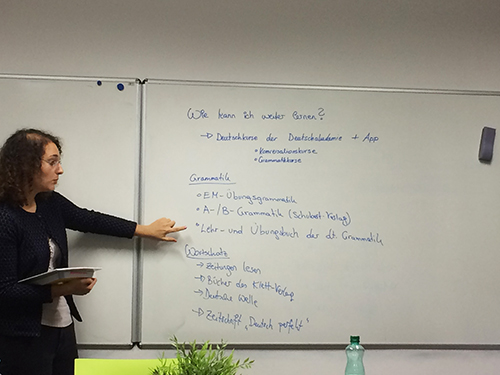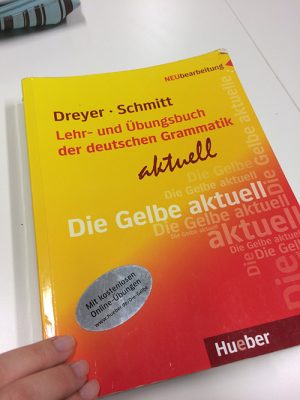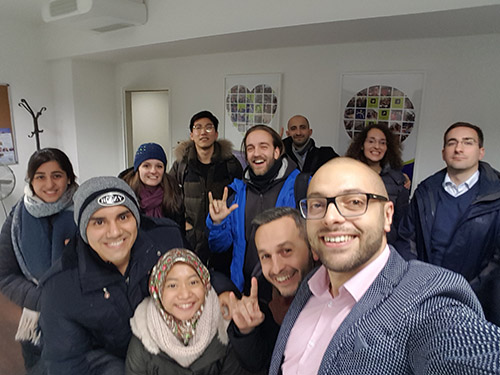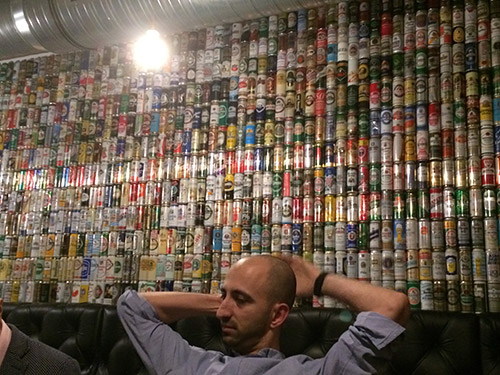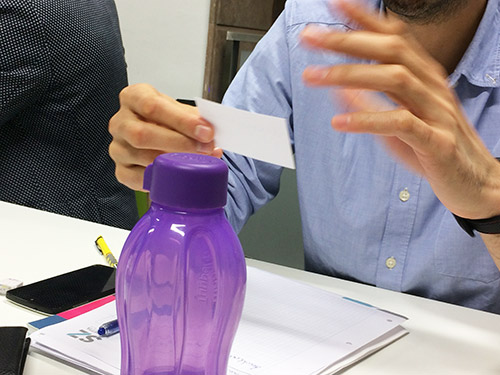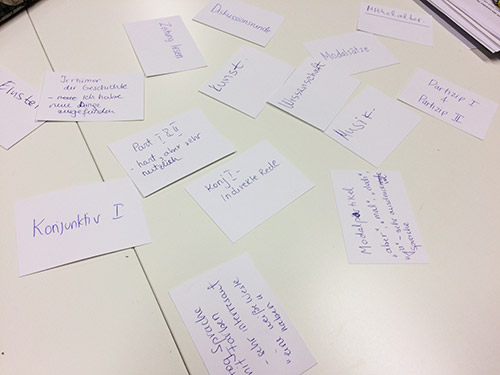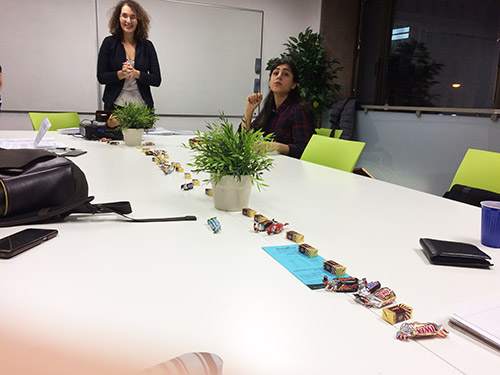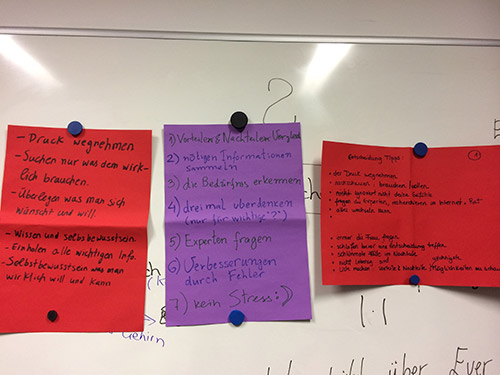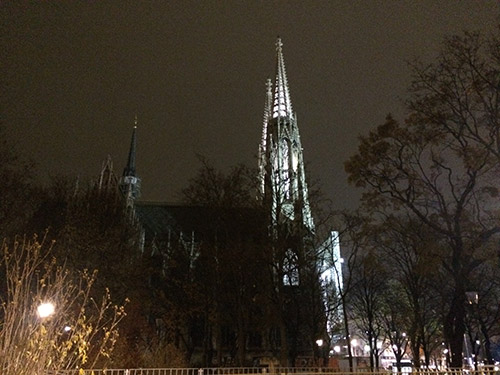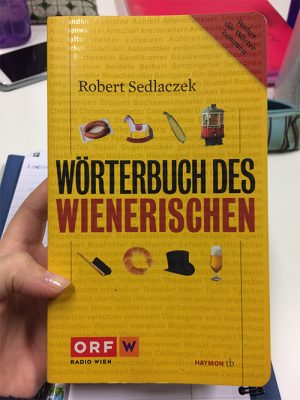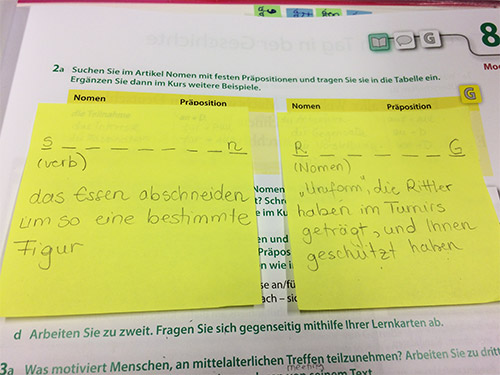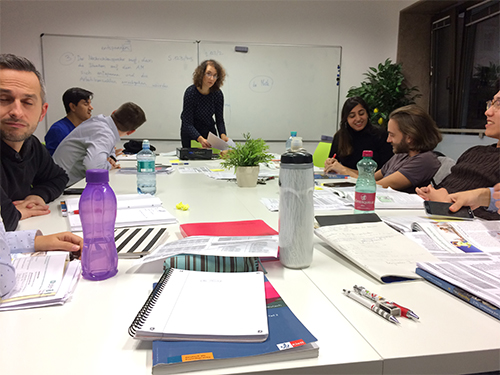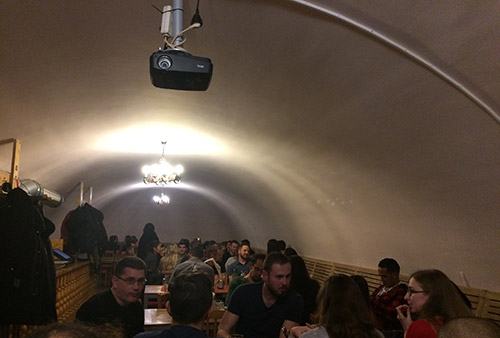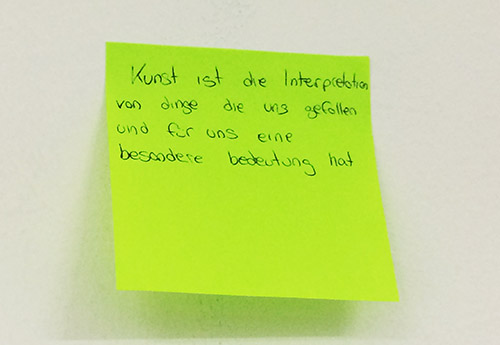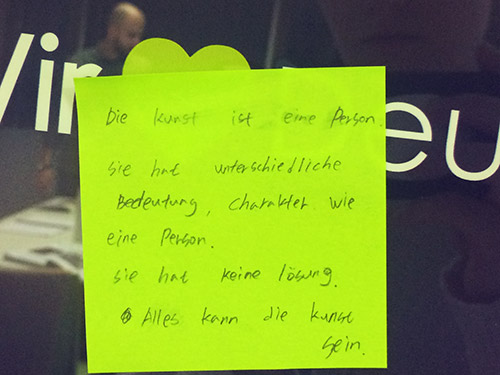Yesterday I finally got to experiment going to an Austrian Weinachtsmarkt with some friends. We chose to go to the one am Hof, because we heard there are more traditional and handmade items there.
And indeed, every stand had neatly crafted items, such as Christmas decorations for the house, for the tree or all sorts of gift ideas for your friends and loved ones. I particularly liked the homemade jewelry stand (I am really into them in general) and this stand that sold handmade stars, which light up.
It was a nice, cold but memorable evening. We had some Glühwein to heat up, and enjoyed some caramelized almonds, with rum flavor on the streets of Vienna.
Looking forward to discovering new Weinachsmarkts, which is your favorite one? Tell me in the comments below.
Come December I have enrolled in a Conversation class here at Deutschakademie and I am going to take a little break from writing on the blog, since the holidays are coming and all. But hopefully I’ll return in January with impressions from the C1 class.
‘Til then I wish you all Happy holidays – Frohe Weinachten! and see you soon.

